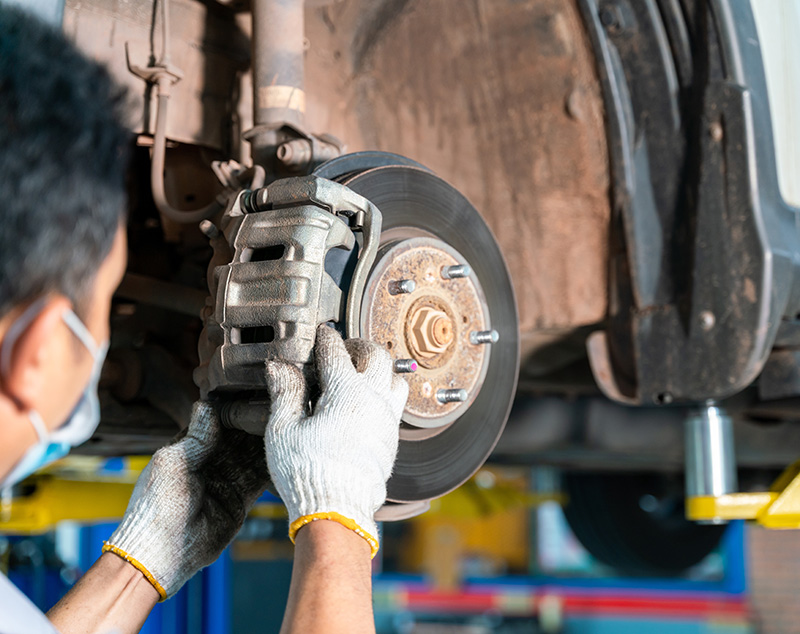|
Autumn is the most effective time to schedule a complete brake system inspection. Seasonal changes in temperature and road conditions place increased demands on your vehicle’s braking components. Moisture, falling temperatures, and early frost reduce traction, while wet leaves and surface debris can extend stopping distances. A properly functioning braking system is critical for maintaining control and safety under these conditions. A professional inspection in the fall allows technicians to identify wear, corrosion, or fluid concerns before they develop into costly failures during the winter months.

Why Brakes Require Extra Attention in the Fall
Braking systems experience additional stress as traction decreases on damp or icy roads. Even minor reductions in pad thickness or uneven rotor surfaces can add several metres to stopping distances under these conditions. Furthermore, cold weather reduces the efficiency of brake fluid if it has absorbed moisture, increasing the likelihood of brake fade during repeated or emergency stops. Identifying these issues now ensures the system will perform consistently once conditions deteriorate further in winter.
Components Covered in a Professional Brake Inspection
A technician’s evaluation of the braking system goes well beyond visual checks. Key areas of inspection include:
- Brake Pads and Rotors: Pads are measured for thickness and checked for glazing, while rotors are inspected for wear, scoring, or warping that could reduce stopping efficiency.
- Calipers and Slides: Caliper pins and slides are cleaned and lubricated to prevent sticking, which can lead to uneven pad wear or pulling to one side when braking.
- Brake Fluid: Moisture testing determines whether fluid replacement is required. Brake fluid contaminated with water has a reduced boiling point, impairing braking performance in cold or high-demand conditions.
- ABS and Sensors: Modern vehicles rely on wheel speed sensors to deliver precise braking input. Corrosion or sensor failure may disable ABS or traction control functions, both of which are vital in slippery conditions.
The Advantages of Proactive Maintenance
Servicing the braking system in advance of winter reduces the risk of unexpected repairs, improves component lifespan, and ensures consistent performance. Preventative maintenance is significantly less costly than emergency repairs caused by seized calipers, cracked rotors, or contaminated fluid. Well-maintained brakes also operate more quietly, with less vibration or pedal pulsation, which contributes to a more comfortable driving experience.
Warning Signs Drivers Should Watch For
Although a professional inspection is the most reliable method of evaluation, there are several indicators drivers can monitor themselves:
- Squealing, grinding, or metallic noises when braking
- A soft or spongy brake pedal feel
- Noticeable vibration or pulsation during braking
- Vehicle pulling to one side under braking load
- Illuminated brake or ABS warning lights on the instrument cluster
Book Your Brake Inspection Today
A fall brake inspection provides assurance that your vehicle is ready for the months ahead. By addressing wear, corrosion, or fluid issues now, you ensure safe, consistent stopping power when winter road conditions demand it most. Click the button below to book your service appointment and drive into the season with confidence.
|